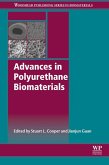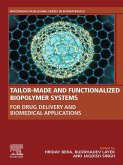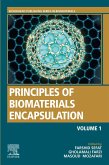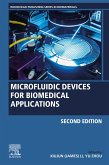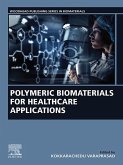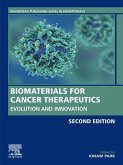Biomedical Applications of Electrospinning and Electrospraying describes the principles and laboratory set up for electrospinning and electrospraying, addressing a range of biomedical applications. Sections cover novel combinational approaches, such as electrospinning/spraying and 3D printing. Electrospinning has evolved from being a technique to prepare random networks of textile fibers to a technique to fabricate highly ordered patterns of biomedical materials of defined scale. The technological advancements in recent years with regard to the way the jet is facilitated, how the jet path is controlled, and how the fibers are collected have provided invaluable insights into controlled fabrication of a material of choice.
Additionally, the electrospray technique has also evolved from being a technique to prepare food formulations to a technique to prepare cell encapsulated beads for transplantation in clinics. Several innovations in this line, such as those leading to core-shell materials have tremendously changed the way the technique is used. Thus, a combinational approach using electrospinning, electrospraying and 3D printing has emerged.
Additionally, the electrospray technique has also evolved from being a technique to prepare food formulations to a technique to prepare cell encapsulated beads for transplantation in clinics. Several innovations in this line, such as those leading to core-shell materials have tremendously changed the way the technique is used. Thus, a combinational approach using electrospinning, electrospraying and 3D printing has emerged.
- Introduces electrospinning and electrospraying concepts and describes state-of-the-art methodologies
- Provides comprehensive coverage of electrospun/spray materials in drug delivery, tissue engineering and biosensor applications
- Presents details of instrumentation involved, along with novel devices for bench to bedside translation,
- Covers novel combinational approaches using electrospinning, electrospraying and 3D printingIntroduces electrospinning and electrospraying concepts and describes state-of-the-art methodologies
- Provides comprehensive coverage of electrospun/spray materials in drug delivery, tissue engineering and biosensor applications
- Presents details of instrumentation involved, along with novel devices for bench to bedside translation
- Covers novel combinational approaches using electrospinning, electrospraying and 3D printing
Dieser Download kann aus rechtlichen Gründen nur mit Rechnungsadresse in A, B, BG, CY, CZ, D, DK, EW, E, FIN, F, GR, HR, H, IRL, I, LT, L, LR, M, NL, PL, P, R, S, SLO, SK ausgeliefert werden.




